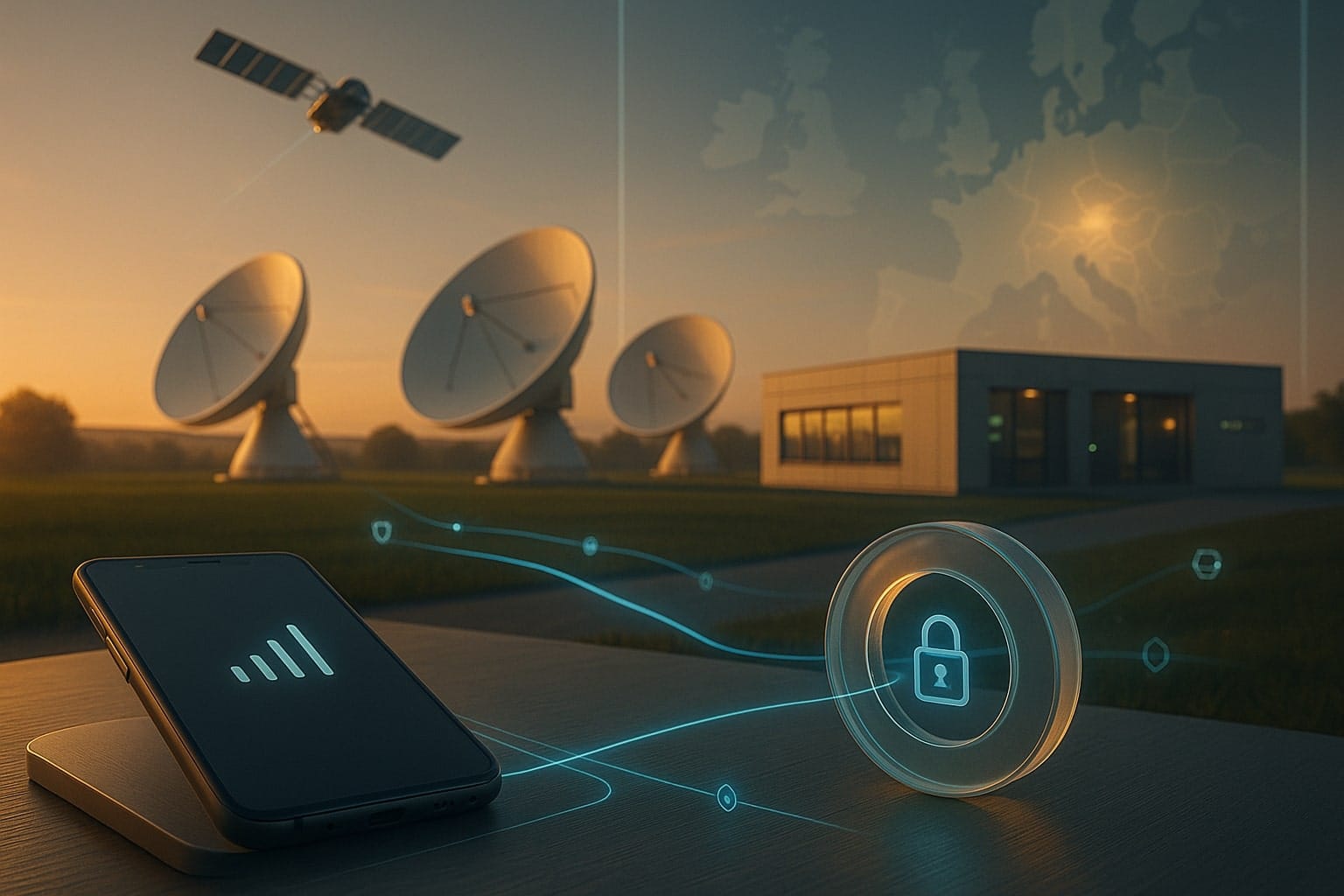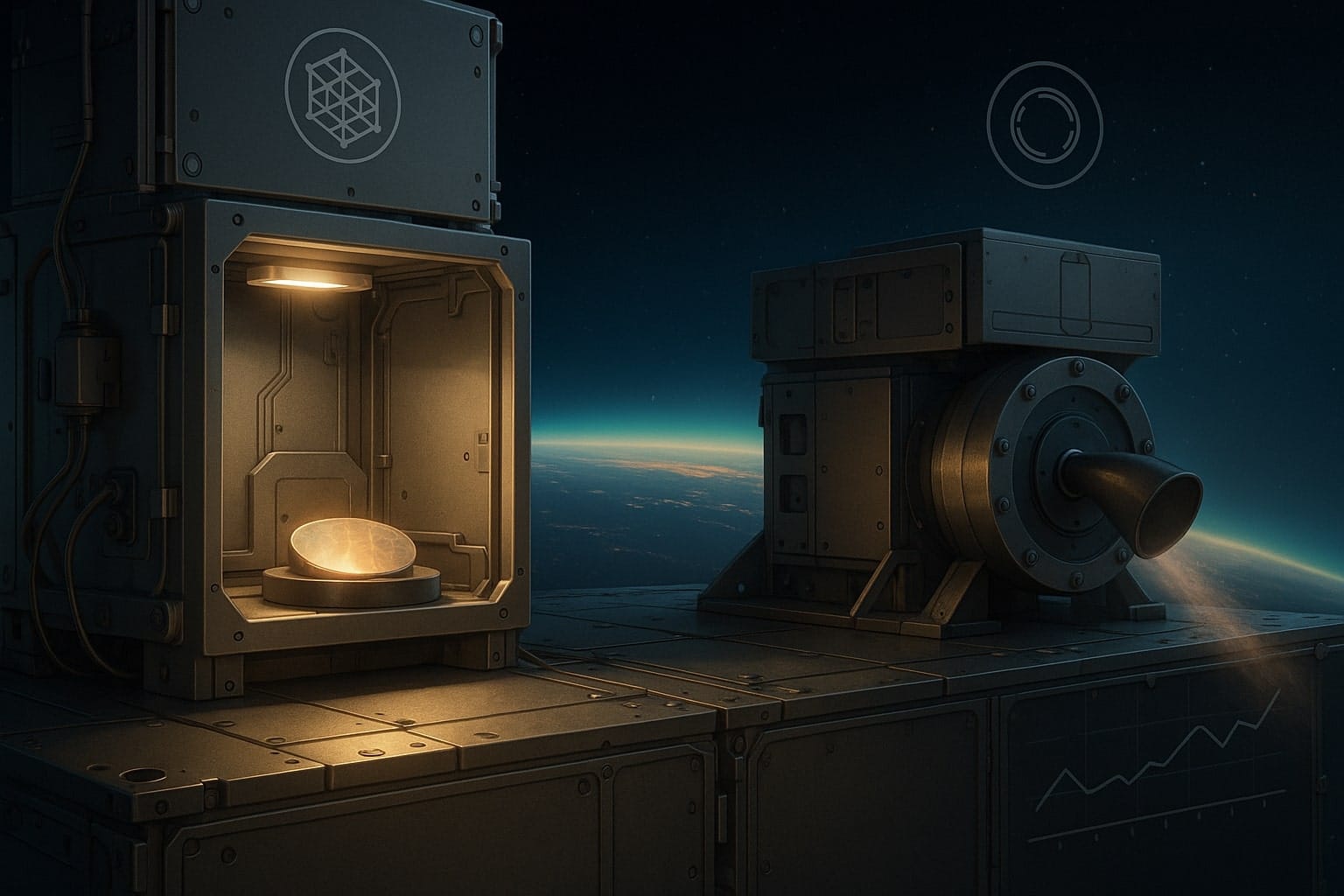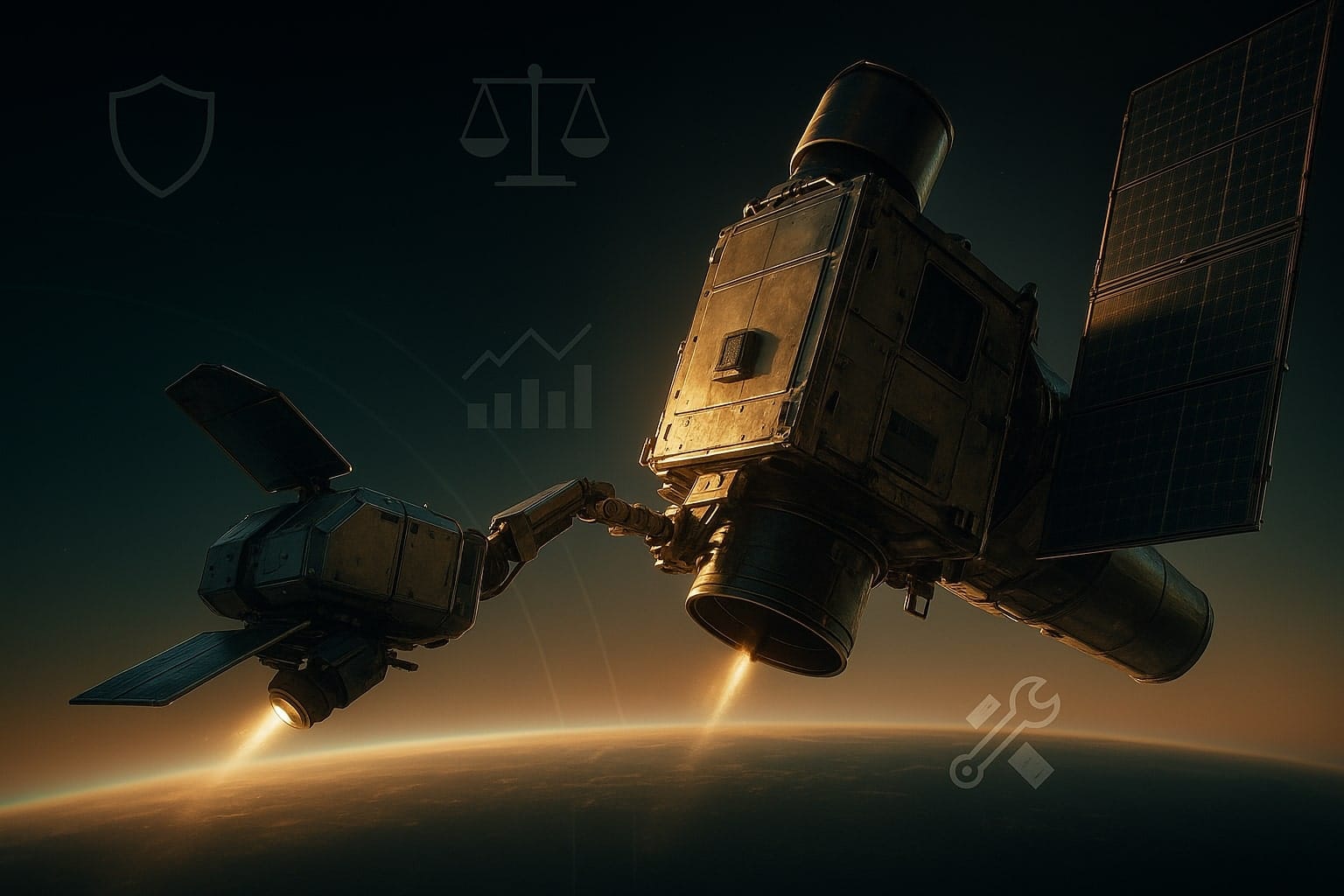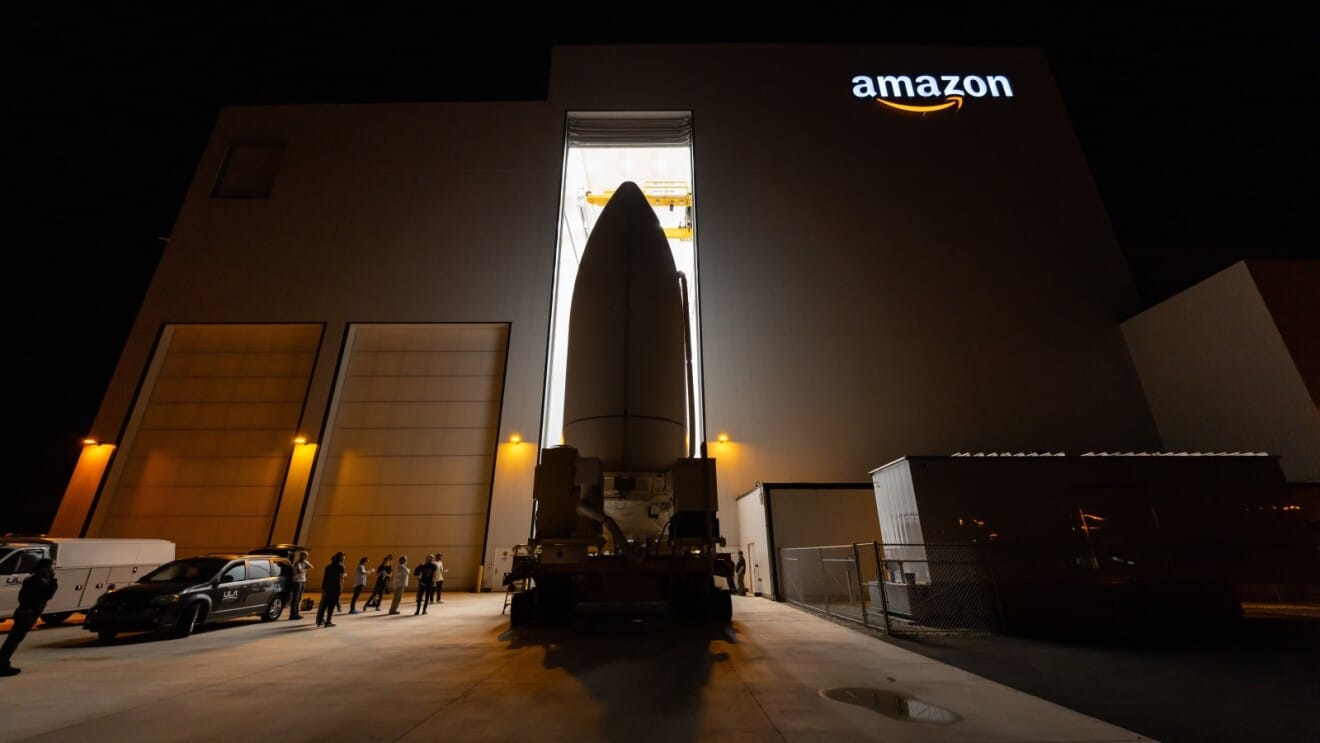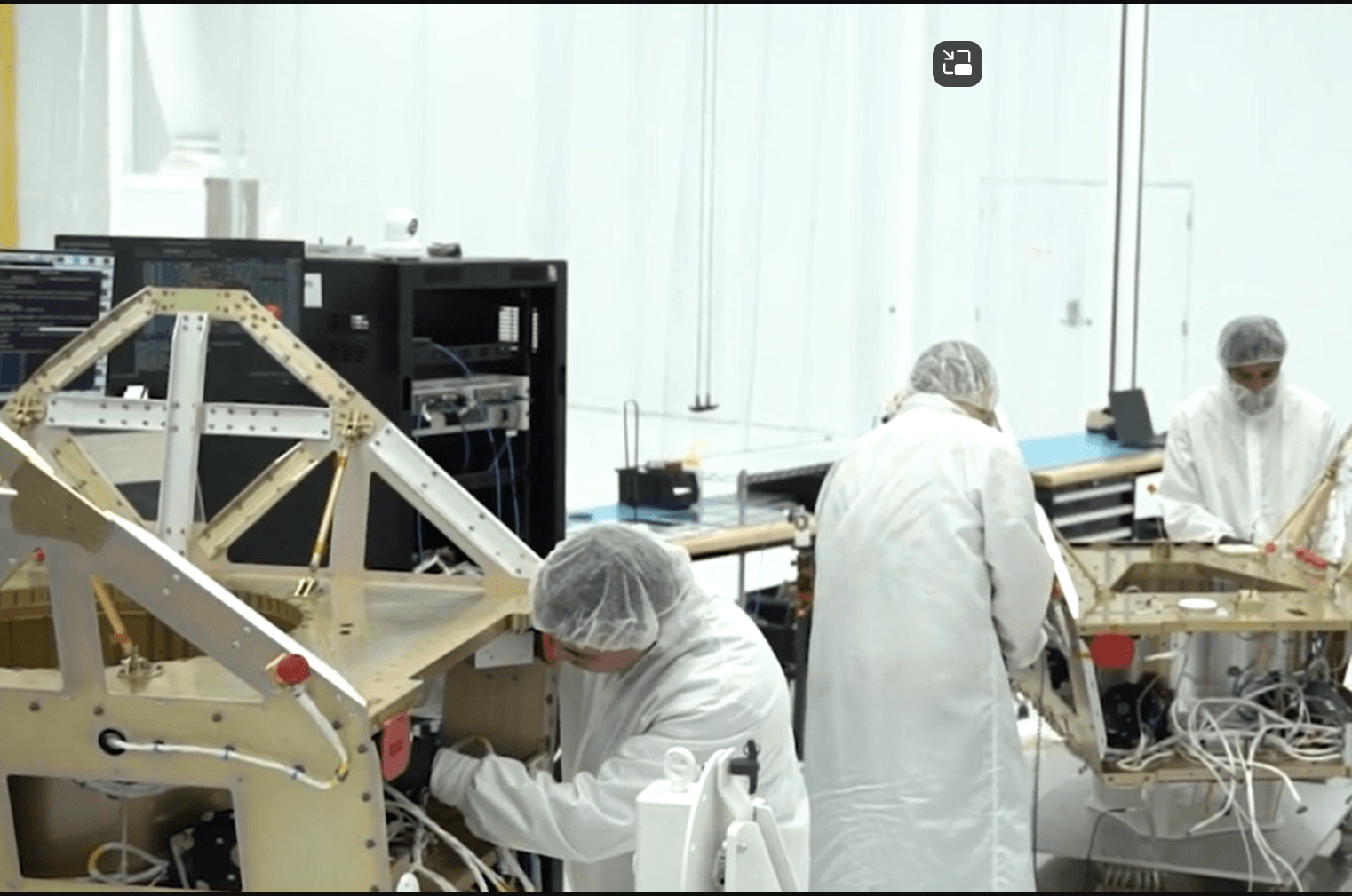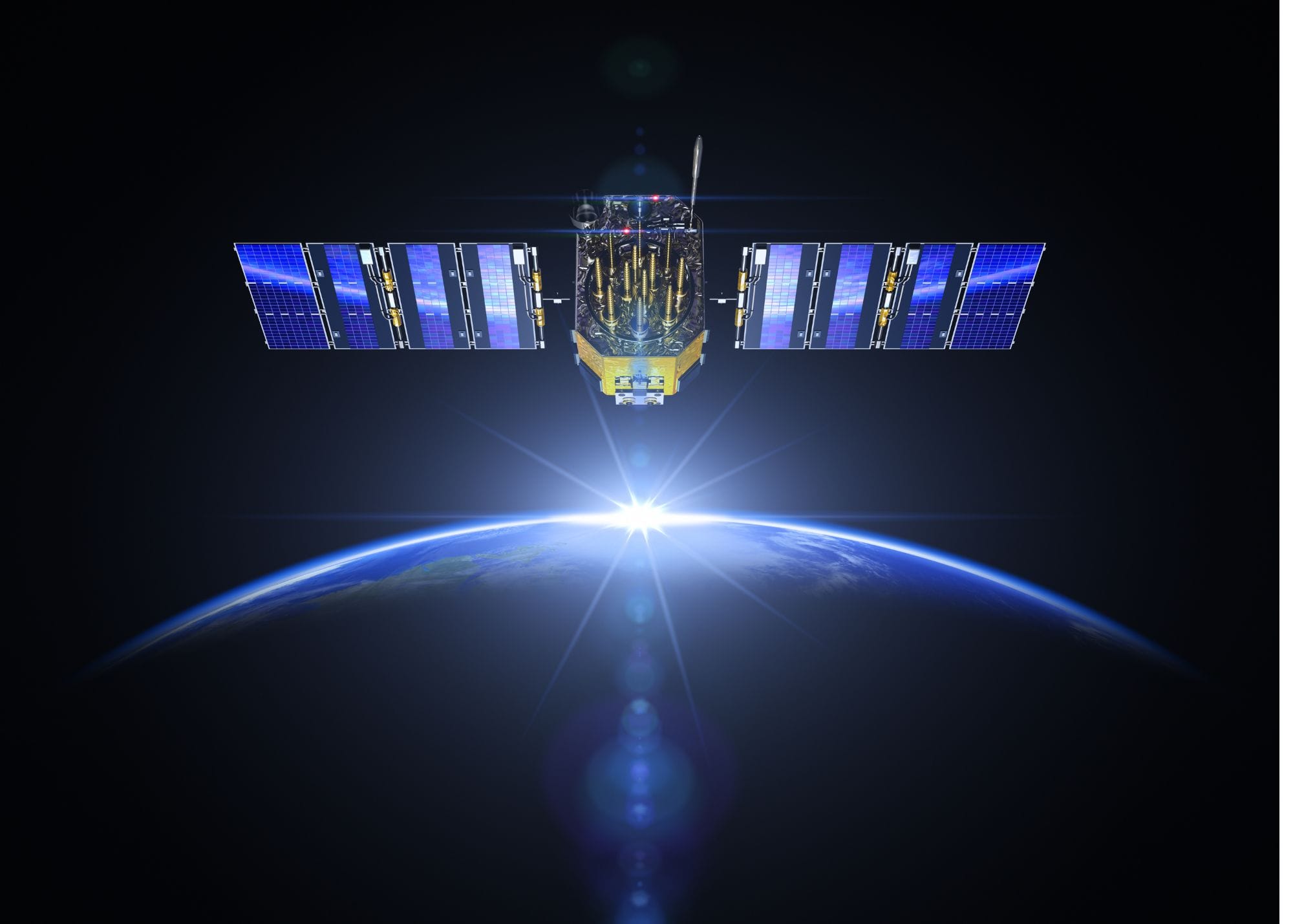Asteroid mining represents a transformative frontier in space exploration, offering the potential to access valuable resources beyond Earth. AstroForge, a California-based startup founded in January 2022, is at the forefront of this endeavor. The company aims to extract precious metals from asteroids, providing a sustainable and cost-effective solution to Earth’s resource challenges. AstroForge’s upcoming mission, Vestri, scheduled for 2025, marks a significant milestone as it plans to dock with a metallic near-Earth asteroid, a feat unprecedented for a private entity.
Table of Contents
ToggleBackground on AstroForge
AstroForge was established with the vision of revolutionizing resource extraction by tapping into the vast mineral wealth of asteroids. The company has embarked on a series of missions to demonstrate and refine its asteroid mining technologies:
- Brokkr-1: Launched on April 15, 2023, this 6U CubeSat aimed to validate AstroForge’s refining technology in space. Despite facing challenges, including difficulties in satellite identification and solar panel deployment, the mission provided valuable insights into the complexities of operating in the space environment.
- Odin: Initially designated as Brokkr-2, Odin is a 100-kilogram satellite designed to perform a flyby of a near-Earth asteroid, assessing its metallic composition. Scheduled for launch as a secondary payload on Intuitive Machines’ IM-2 lunar mission in January 2025, Odin represents a critical step toward the Vestri mission.
In August 2024, AstroForge secured an additional $40 million in funding, bringing its total to $55 million. This investment supports the company’s mission to make off-world resources accessible to all humankind.
The Vestri Mission: A Groundbreaking Step
The Vestri mission is poised to be a landmark achievement in asteroid mining. Scheduled for launch in 2025 aboard Intuitive Machines’ third mission, Vestri is a 200-kilogram spacecraft designed to dock with a near-Earth asteroid. This mission aims to assess the asteroid’s composition, providing critical insights into the quality and quantity of valuable elements it holds. Developed entirely in-house, Vestri represents a significant advancement in AstroForge’s capabilities.
AstroForge’s approach focuses on extracting metals, particularly platinum group metals (PGMs), which are integral to various critical technologies, including catalytic converters, clean energy solutions, and medical instruments. As the demand for these precious metals rises, especially in the context of advancing toward a decarbonized economy, the Vestri mission could play a pivotal role in meeting this demand sustainably.
The collaboration with Intuitive Machines underscores the growing partnerships between private aerospace companies, highlighting the potential for combined expertise in achieving complex space missions. If successful, the Vestri mission will not only advance AstroForge’s objectives but also set a precedent for future private sector involvement in asteroid mining.

Previous Missions: Lessons Learned
AstroForge’s journey toward asteroid mining has been marked by both challenges and achievements, providing valuable insights for future endeavors.
- Brokkr-1: Launched on April 15, 2023, aboard SpaceX‘s Transporter-7 mission, Brokkr-1 was a 6U CubeSat designed to demonstrate in-space platinum refining using simulated asteroid material. The mission encountered several challenges, including difficulties in identifying the satellite among numerous others deployed during the same mission and issues with solar panel deployment. Despite these obstacles, AstroForge successfully established contact with the satellite on May 5, 2023, confirming its operational status. However, due to communication issues, the refinery payload could not be activated, limiting the mission’s ability to validate the refining technology in space.
- Odin: Initially designated as Brokkr-2, Odin is a 100-kilogram satellite developed to perform a flyby of a near-Earth asteroid, assessing its metallic composition. The mission is scheduled to launch as a secondary payload on Intuitive Machines’ IM-2 lunar mission in January 2025. Odin’s primary objective is to gather critical imagery of the target asteroid, paving the way for AstroForge’s subsequent mission, Vestri, which aims to land on the asteroid.
The Future of Asteroid Mining
AstroForge’s progression from Brokkr-1 to Odin and the forthcoming Vestri mission underscores a strategic approach to asteroid mining, emphasizing incremental advancements and rigorous testing. The company’s focus on refining technology and conducting detailed asteroid assessments positions it as a significant player in the emerging space mining industry. AstroForge’s commitment to developing sustainable and cost-effective methods for resource extraction from asteroids could have profound implications for Earth’s resource management and the future of space exploration.
Implications for Earth and Space Economy
Asteroid mining holds the potential to address critical resource shortages on Earth, particularly concerning platinum group metals (PGMs) essential for various technologies, including catalytic converters, clean energy solutions, and medical instruments. AstroForge’s efforts to extract these metals from asteroids could alleviate supply constraints and reduce the environmental impact associated with traditional mining practices. Furthermore, the successful implementation of asteroid mining technologies could serve as a catalyst for the development of a space-based economy, fostering new industries and opportunities in space exploration and resource utilization.
Challenges and Ethical Considerations
AstroForge’s ambitious asteroid mining missions face several technical and ethical challenges:
- Technical Hurdles: Operating in the harsh environment of space presents significant engineering challenges. AstroForge’s missions, such as Brokkr-1, have encountered issues like solar panel deployment and communication difficulties, which can impede mission success. The upcoming Vestri mission aims to address these challenges by leveraging lessons learned from previous missions and employing advanced technologies to enhance reliability and performance.
- Legal and Ethical Concerns: Asteroid mining raises complex legal and ethical questions. International treaties, such as the Outer Space Treaty, prohibit national appropriation of celestial bodies, but the application of these laws to private entities remains unclear. AstroForge has secured the first-ever commercial license for operating and communicating with a spacecraft in deep space, setting a precedent for private sector involvement in space resource utilization.
However, the broader implications of private ownership and resource extraction in space continue to be subjects of debate among policymakers and the public.
Conclusion
AstroForge’s progression from its initial mission to the forthcoming Vestri mission underscores a methodical approach to asteroid mining, emphasizing technological innovation and strategic partnerships. The company’s focus on extracting valuable metals from asteroids has the potential to alleviate resource constraints on Earth and stimulate the development of a space-based economy. However, navigating the technical challenges and addressing the legal and ethical considerations will be crucial for the success of AstroForge’s missions and the broader acceptance of asteroid mining as a viable industry.

